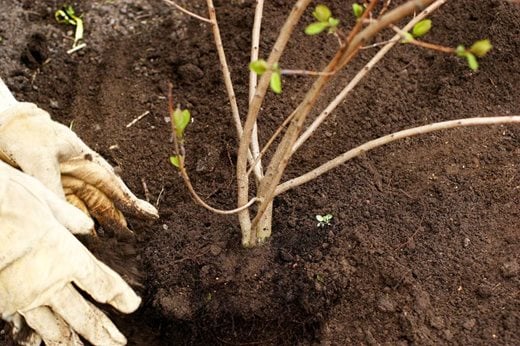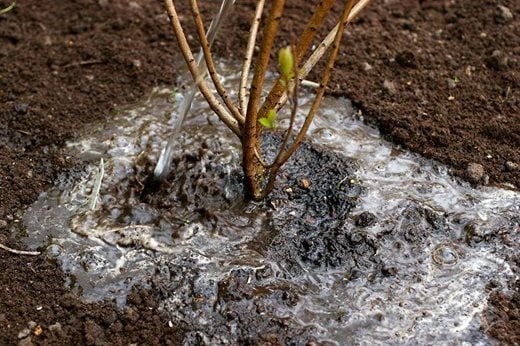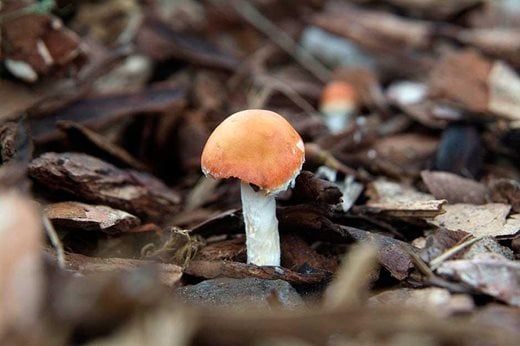 Planting and moving
Planting and moving
If the weather is already autumnal, you can now plant and move shrubs and trees without having to worry excessively about their survival and establishment. Shrubs planted now will get off to a flying start next spring, as they will have had all winter to settle in.
Pruning and training
Give evergreen hedges a final trim to make sure they are in shape for winter. This is particularly useful for fast-growing hedges such as leylandii (x Cuprocyparis leylandii). Remember to cut hedges slightly narrower at the top than the bottom – this makes them less liable to snow damage in winter and stops the hedge from shading itself out at the base, which can lead to dead patches.
Propagation
Take semi-ripe cuttings of evergreen shrubs such as Cistus, Ceanothus and Viburnum.
 General maintenance
General maintenance
Thoroughly soak drought-stressed plants and shrubs, especially newly planted ones. As the weather becomes cooler and damper, the soil will better absorb and hold any extra water you give it.
Clear dead leaves promptly once they start to fall, as rotting leaves can be a source of disease in the garden. They are, however, useful on the compost heap and can be shredded first with a shredder or mulching mower, to help them break down quicker.
Planning ahead
Collect tree and shrub seeds for sowing next spring, such as Colutea (bladder senna), Laburnum, Morus (mulberry) and Sorbus (rowan).
Order mature or large plants now for planting in October or once the rains have moistened the soil.
 Pest and disease watch
Pest and disease watch
Good garden hygiene helps to prevent disease, so it is vital to throw out or destroy diseased leaves. Do not compost them or leave them lying, as this could spread the disease.
Saprophytic fungi (i.e. living entirely on dead matter) pose no threat to living garden plants. Honey fungus may be more common in areas of woody planting, whereas harmless fungi often pop up in areas of damp lawn or on mulch.
Honey fungus fruiting bodies will begin to appear in late September and early October, indicating possible areas of infection. However, there are many harmless fungi that appear at this time, so don't be overly alarmed.
Powdery mildew can still be troublesome in warm, dry, Indian summer weather. Unless it is severe, it will probably clear up once the rains arrive.

